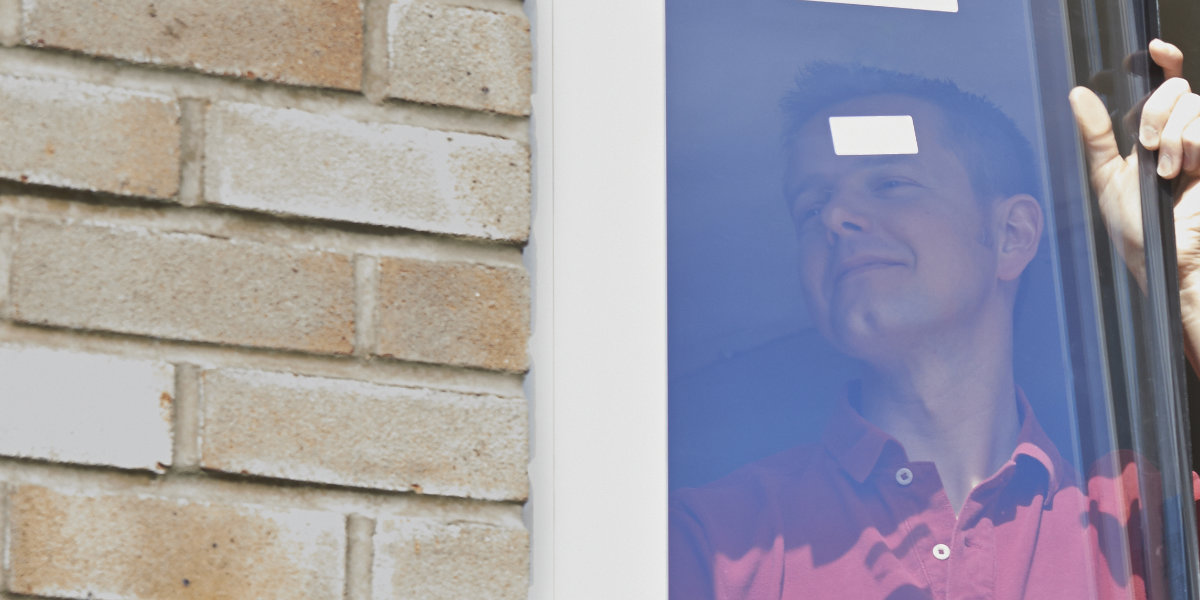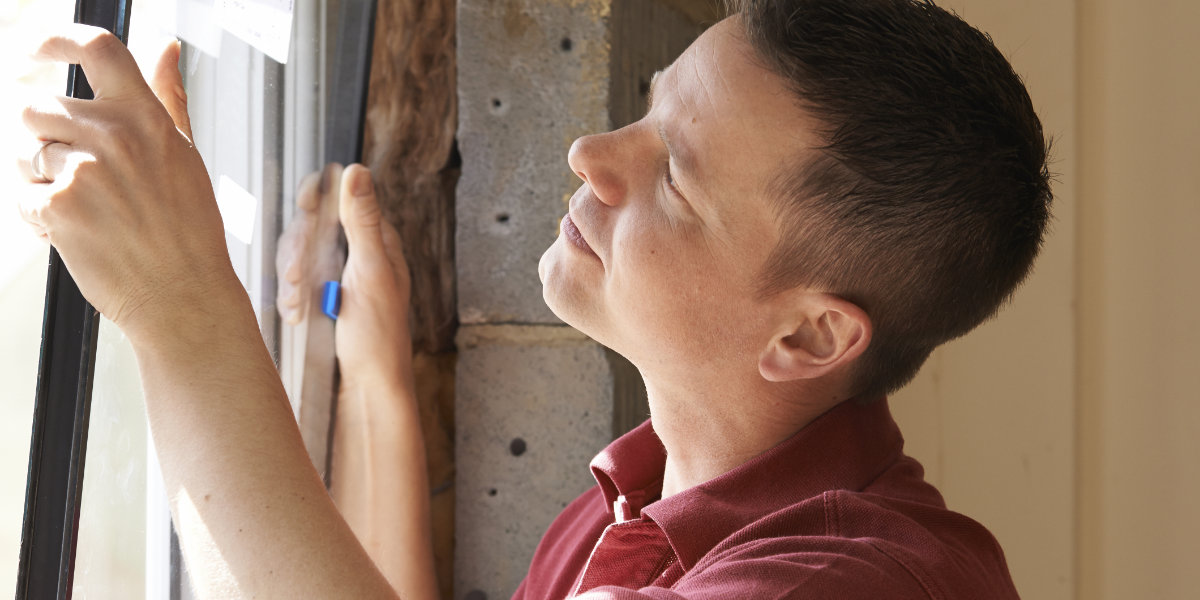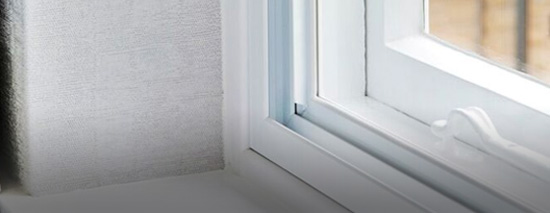If you’re looking for the improved heat and noise insulation of double glazing for your home but you don’t want to – or can’t – replace your existing single-glazing windows, secondary glazing may be the ideal solution. In this guide, the Bridgewater Glass team will be covering everything you need to know about secondary glazing, so you’re armed with the knowledge to make an informed purchase decision.
Let’s dive in.
Double glazing vs secondary glazing

Double glazed windows are created by fitting two sheets of glass together with a gap in between. This gap, whether it’s filled with an inert gas like argon or left as a vacuum, acts as an insulating barrier which helps keep the heat in and the cold out. Double glazed windows are the gold standard when it comes to thermal insulation, so most homeowners will want to go with this, or at least something that resembles it. That’s where secondary glazing comes in.
Secondary glazing involves installing another glass layer behind an existing single glazed window. While secondary glazing can certainly be a permanent solution, it’s often used as a temporary measure.
Is secondary glazing as good as double glazing?

As we mentioned earlier in the guide, if you’re looking to minimise heat loss, then double glazing simply can’t be beaten. In fact, you might be wondering why we’re even posing this question at all, given just how thermally efficient double glazing can be. Well, secondary glazing may still surprise you.
Secondary glazing is less expensive
Double glazing is much more expensive than secondary glazing, largely because, if you’re going down that route, then you’re going to need entirely new units fitted. With secondary glazing, however, you can simply update an existing set of single glazed windows, something that doesn’t require the same level of accuracy and will end up being a lot cheaper.
Secondary glazing can be done DIY
With double glazing, you have to consider the fact that the gap between the panels plays an extremely important role in the insulative process, which is why such units tend to be made bespoke and must be manufactured and installed by experts. With secondary glazing, the process is much more flexible. Whether you want to purchase the panels and try and install them yourself, or have an experienced glazier install them for you (what we would recommend), the choice is yours.
Secondary glazing provides better acoustic installation
While both types of windows are great at cutting out incoming and outgoing noise, secondary glazing actually takes the cake here. Unlike sealed double glazed units, having two separate pieces of glass can help as they act independently as noise barriers. The bigger the gap between the two panels, the better the noise dampening. This is certainly something to keep in mind if you like playing your music loud, or you have noisy neighbours!
Types of secondary glazing

Of course, if you choose to go down the secondary glazing route, you will first have to decide which type of secondary glazing you would like. Here are some of the most common:
Permanent uPVC secondary glazing
This style of secondary glazing is arguably the best solution in many cases, and requires fitting an internal secondary window behind your existing single glazed window. The secondary panel will have its own frame and will be sealed around the edges for better thermal efficiency.
Pros: the most stable, reliable and thermally efficient secondary glazing option.
Cons: This will require a professional to be installed properly.
Permanent wooden secondary glazing
Wooden secondary glazing refers to any secondary glazing measure which uses wooden frames to hold the secondary panel in place. Luckily, wooden secondary glazing comes in a wide variety of different styles and colours, meaning you will be able to easily match the frame’s colour with that of your existing windows.
Pros: wooden secondary glazing’s main appeal is that it can look very stylish in the right setting.
Cons: it’s not the most cost-effective option and may require a significant amount of maintenance.
Magnetic secondary glazing
As the name suggests, magnetic secondary glazing works by using magnetic seals to attach the supplementary panel to your existing windows. Stick the magnetic seals to the secondary unit and existing windows, then simply click it into place when required.
Pros: magnetic secondary glazing is low-cost, lightweight and easy to use.
Cons: it’s not always the most reliable secondary glazing solution, and the magnetic strips may need to be replaced more often than you’d like.
Secondary glazing film
Secondary glazing film is a thin, transparent sheet of plastic which you can stick to an existing pane to try and mimic the double glazing effect. While this is not nearly as effective as proper secondary glazing, it can be used by those who are low on both time and cash.
Pros: cheap and easy to install, secondary glazing film offers minor thermal benefit.
Cons: secondary glazing film doesn’t look fantastic at its best, but can look really shoddy if improperly installed. Also, over time, even with the best installation in the world, the film will begin to sag and need replacing.
Temporary secondary glazing
As we mentioned elsewhere, secondary glazing can certainly be a permanent solution, but it’s often considered first and foremost as something more temporary. Temporary secondary glazing, then, can refer to any simple, lightweight screen that can be attached or removed from an existing pane as and when required.
Pros: temporary secondary glazing offers a fairly inexpensive, flexible solution for those who want the benefits of double glazing.
Cons: depending on how temporary the solution will be, temporary secondary glazing might simply not be worth the money. If it’s only going to be a matter of months, you might be better off sticking with one of the simpler solutions listed above; if it’s going to be longer, you might want to consider a more permanent form of secondary glazing.
If you’re looking for secondary glazing in Watford, St Albans, Hemel Hempstead or any of the surrounding areas, turn to Bridgewater Glass. Our team of expert glaziers have a wealth of experience when it comes to supplying and installing secondary glazing solutions, so if it’s a guiding hand you need, we can help.
For more information, or to book in an installation with our team, all you have to do is give us a call.
